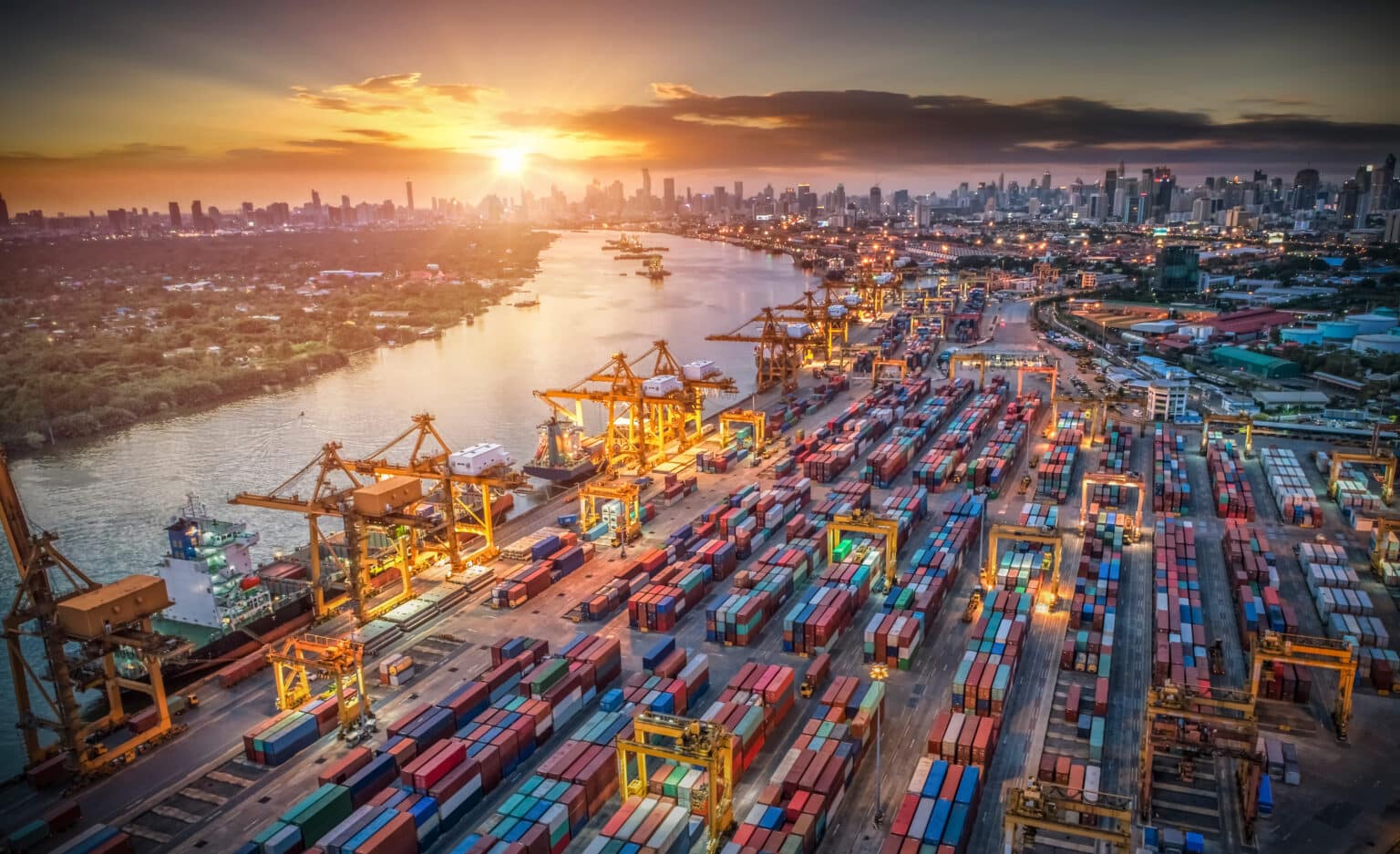ISJ Exclusive: Proactivity in the face of supply chain adversity


James Thorpe
Share this content
Steve Bell, Chief Technology Officer, Gallagher explains how businesses have navigated key challenges posed to production, distribution and success over the last two years.
How can business do their part to build resilience into the supply chain?
The security industry is one that is always changing and evolving during global challenges, such as the pandemic and overseas conflicts, and times of rapid innovation.
It is critical for any business to build resiliency into their supply chain. There are a few ways to do this. Firstly, ensuring you have a serious availability of buffer or ‘safety’ stock is one of the easiest ways to build a more resilient supply chain. While counter-intuitive to much of the “just in time” approach to inventory management, the holding of extra inventory and securing of additional stock can ensure continued supply of product. At Gallagher, our specialised teams anticipated supply challenges at the start of pandemic and, as a result, we invested in our raw material and component inventories to ensure we could continue to manufacture and supply our solutions throughout.
Diversifying your supply chain network is also useful. This may mean looking for alternative supply options or working with existing suppliers to understand alternative supply routes or manufacturing plants. Gallagher has taken a range of steps to diversify its product distribution by shipping products into less congested ports such as those on the East Coast rather than the West Coast of the US.
Finally, by ensuring your supply chain is agile. When demand fluctuations occur, ensuring your technology and products are adaptable, means manufacturers can withstand significant disruption. Businesses can accomplish this by working proactively with existing suppliers to find substitutes for parts integral to products or looking for alternative technology. At Gallagher, we achieved this through the reengineering of chip sets to ensure we were not hit hard by global shortages.
Has the COVID-19 pandemic shaped Gallagher’s production model?
The reality of running a global business operation is that you are always dealing with and responding to a series of micro and macro events that come into play. Some of these events, as a forward-thinking business, you are able to anticipate and have contingency plans in place for, but others have the potential to catch you out.
Unfortunately, the ones that have the opportunity to catch you out are also frequently some of the events with the biggest negative side effects for business operations. For example, there would have been very few businesses that could have predicted the latest turn of events in Ukraine and, without a doubt, we were all caught unaware by the sheer enormity of disruption that the pandemic brought.
At Gallagher, we have extensive contingency plans in place for all manner of scenarios, but when something on the scale of COVID-19 hits, what’s important is not just your contingency planning, but some of the other characteristics that are baked into your business. These include adaptability, agility and a willingness to seek innovative solutions.
This is exactly what we saw happen at Gallagher as COVID-19 gripped the world. Our product solutions, production and logistics teams all went into overdrive looking at ways to optimise the benefit of our vertically integrated production model. This agile and innovative thinking, combined with control of our own production, has been a key factor in our incredible ability to supply product on time and with absolutely minimal delays right through the last two years.
Did COVID-19 shape our production model? In many ways, the answer is no. What it did do however was highlight the real benefit of so much of what we were already doing and put a spotlight on just how effective and important controlling your own production is going to continue to be.
Has the COVID-19 pandemic led to any surprising outcomes?
The number one demand from our customers now is to simply supply. If you step back in time just two years, who would have thought that one of the key differentiators in the security industry would be the ability to supply product!
Although it is obvious that the pandemic has affected many individuals on a personal level, it does seem that some people in the security industry thought that it would just be business as usual on the commercial side. Their overall supply chain capacity remained either stagnant or the same, which created great difficulty in meeting demand for some manufacturers. The issue of potential supply chain disruption is, of course, one that can happen at any time, but the unpredictable nature of the last couple of years has really highlighted this.
There hasn’t been any other time in history where the delays in supplying have gone so deep and lasted so long.
What do you see as the biggest supply chain trends which will impact manufacturers in the next 12 months?
Any discussion on future trends within supply chains would be remiss without first acknowledging we are nowhere near out of the current period of sustained supply chain disruption. Examples of this are numerous with almost all sources picking a return to ‘business as usual’ being many years in the future. Quite simply, we can all agree our world is much more dynamic, complex and volatile than ever before.
That said, there are some trends that are we expect to continue seeing being played out. One of the most significant of these is the continued rise of integrated technology in our supply chain management. The digital revolution has no boundaries or borders. It is changing behaviour and expectations as much as the tools used to deliver new services and experiences.
The convergence of digital and physical will redefine the nature of manufacturing and supply chains, allowing for more real time and agile supply chain management. It will dictate the new jobs of tomorrow, where employees and technology work even more closely to manage smart facilities and smart global supply chains.
We also expect to see more of the trend to ‘produce more for less.’ This is being demanded by customers, governments and key stakeholders the world over. The challenge for businesses is to address this problem with genuine innovation that will drive productivity and make more efficient use of materials, energy, land and talent.

This article was originally published in the special September show edition of International Security Journal. To read your FREE digital edition, click here



